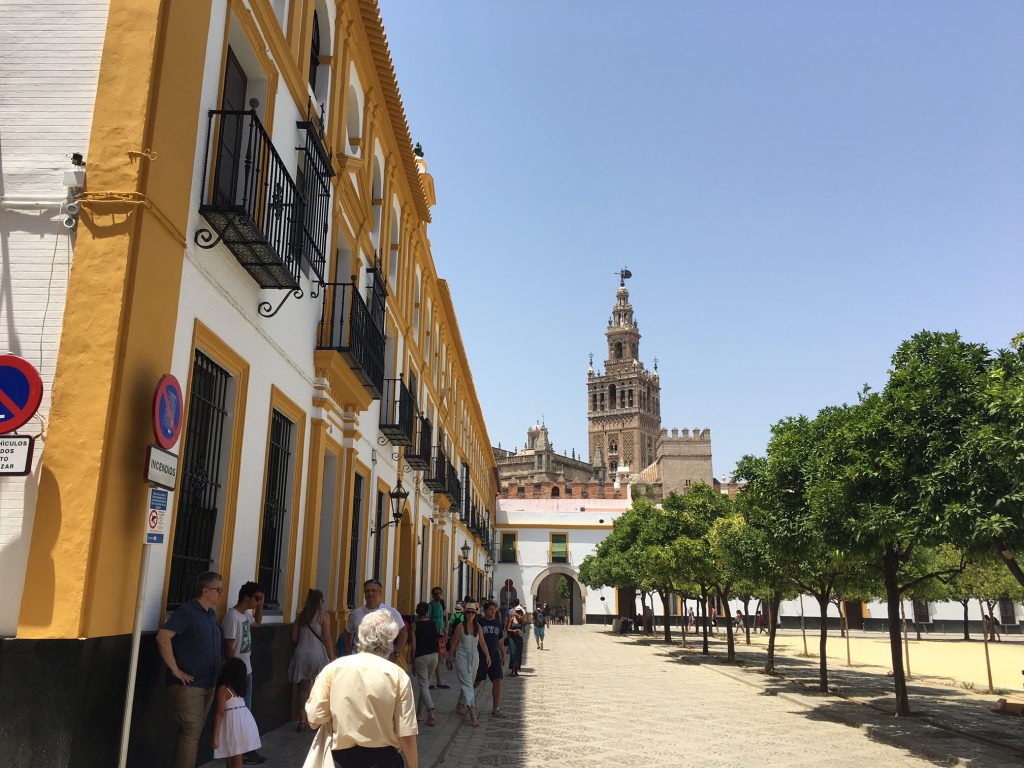The Richard H. Driehaus Architecture Competition is an international competition created to help preserve and revive the use of local architectural traditions in Spain.
It is organized by INTBAU (the International Network for Traditional Building, Architecture and Urbanism), thanks to the support of the Richard H. Driehaus Charitable Lead Trust through a grant from The Chicago Community Trust, and the collaboration of the Department of Building and Architecture of the Ministry of Public Works and Infrastructure, the Department of Beaux Arts and Cultural Heritage of the Ministry of Education, Culture and Sports, the Rafael Manzano Martos Prize and the Council of Architecture Institutes of Spain.
It will award and promote proposals upholding local architectural traditions, a sense of place, and contributing to make more beautiful, coherent, sustainable and socially integrating towns. Designs using the materials and building techniques of the region, as well as prioritising traditional solutions, will be encouraged, as will offering employment opportunities to regional building workers.
The awarded proposals are intended to serve as a model for urban and architectural designs sensitive to these issues and committed to preserving Spanish cultural heritage.
The Competition will be conducted in two stages: (1) Site Selection and (2) Design Competition.
Phase One
– Spanish municipalities will be invited to submit possible themes and sites for the Competition.
– An international jury, including representatives from the various institutions collaborating in this initiative will choose the three entries that best meet the Competition’s goals and criteria.
Phase Two
– Architects and urban planners from around the world will be able to submit their designs for any of the three locations selected in the first phase.
– A second jury, also including representatives from the diverse collaborating institutions, will select the best design proposals for each one of the previously selected locations.
For further information visit competition website here.
